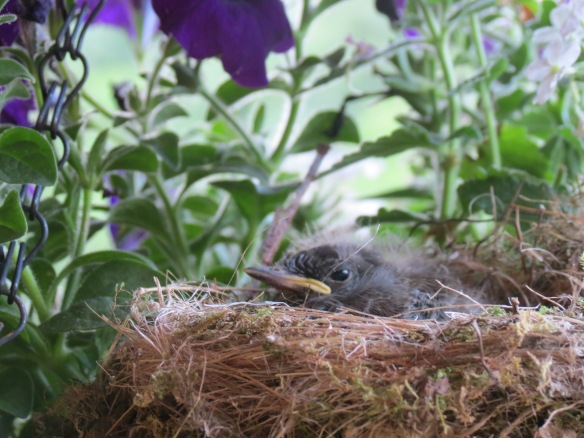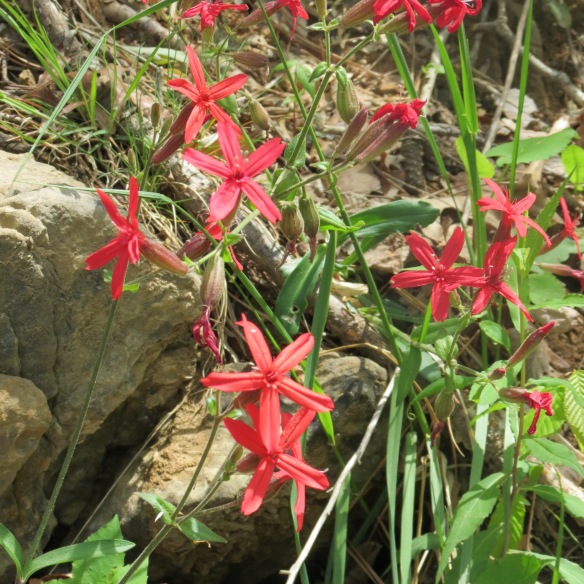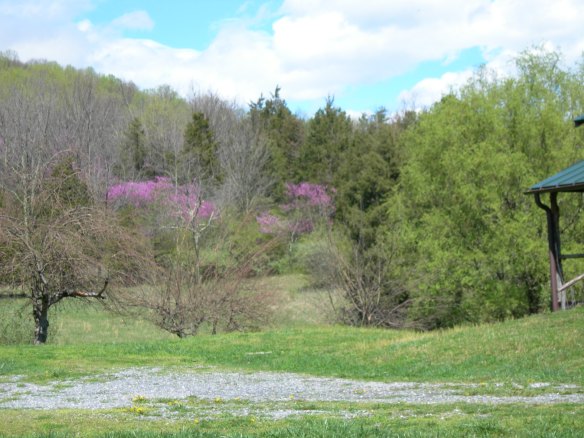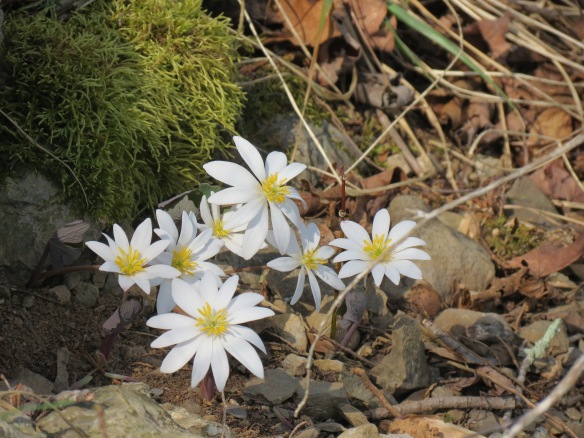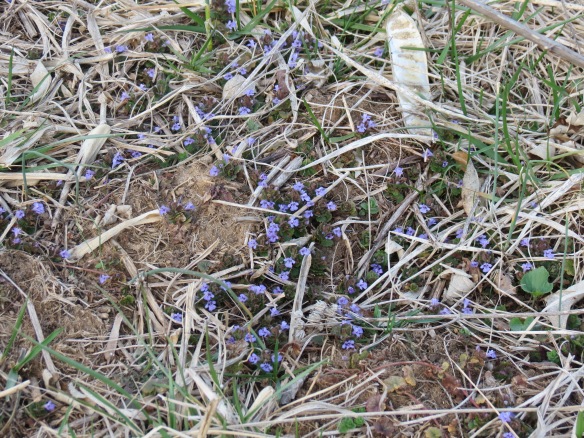My first up-close encounter with a possum was one evening years ago when I went into the feed room to get feed for our horses. I was used to seeing these hairy, grayish animals flattened on the road, their lives abruptly and unceremoniously ended while out on a nightly prowl, but I was not expecting to see this 18-inch-long freeloader wedged under the feed bin. A closer look prompted a couple of low hisses from the hapless creature, but it didn’t move—it was probably as surprised to see me as I was to see it! I had unknowingly put out the welcome mat for this visitor when I forgot to close the feed room door that morning. I got my feed and left the door open, hoping it would take its leave the same way.
The oft-maligned opossum is actually a fascinating creature that suffers from an image problem. Frequently perceived as a dim-witted, rat-like scavenger whose most impressive trick is mimicking roadkill, this creature has one spectacular virtue that just might transform the aversion of some for this odd, waddling mammal into at least tolerance.
Turns out possums are the unsung heroes in the fight against Lyme Disease. Large numbers of the ticks that carry the Lyme disease bacteria are found on mice, shrews, squirrels, and chipmunks, but not so with the opossum. Researchers at the Cary Institute of Ecosystem Studies in Millbrook, NY found out why. Several opossums were placed in cages and covered with ticks. The researchers waited for the biting ticks to jump off and counted how many escaped the mammal’s voracious appetite. The opossums ended up grooming off and eating over 95 percent of the ticks that landed on them. Experts estimate that a single possum can eat as many as 5,000 ticks in one season!
Typically, possums go about their business so quietly that you won’t even know they’re around. What should you do if you do happen to encounter a opossum? Absolutely nothing! Possums seldom stay in one place for more than a few nights, so fears of them “moving in” are unfounded. Just watch from a distance and enjoy one of nature’s most unusual and beneficial wildlife species.




